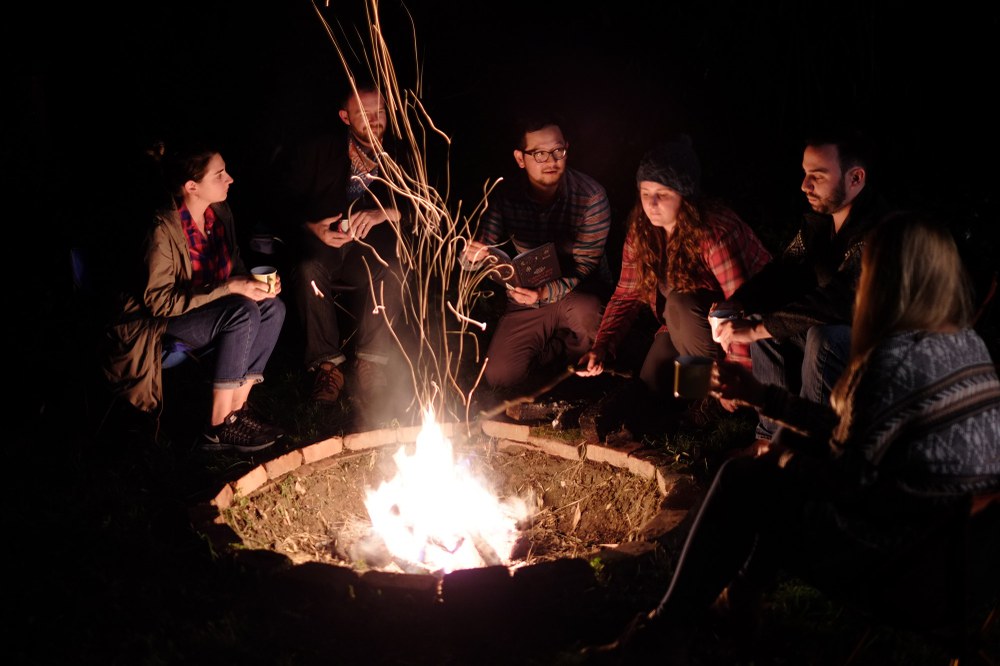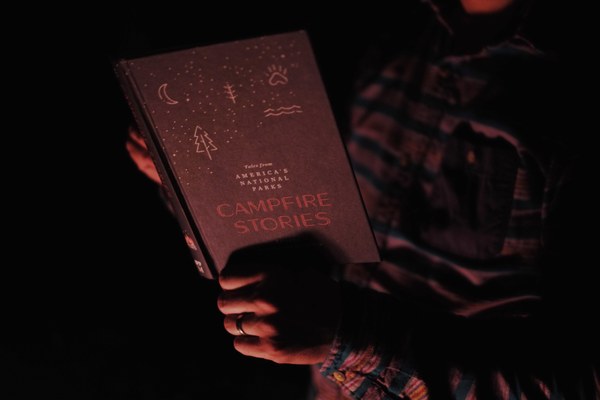
Secret Elk Study Revealed
Much to my surprise, upon leaving park headquarters the other day, I walked to my car and discovered an envelope tucked beneath its windshield wipers. Scrawled upon it was the note: “Elk study.”
The parking lot was strangely deserted. A short distance away, in the meadow beyond, grazed a half dozen bull elk. I sensed that they eyed me suspiciously while I tore open the envelope.
“We read about your Nature Association and your Park Service!” the scribbling began. “We read about how you caught 50 elk and put radio collars on them. We read about how you plan to count them every year for five years. And we think you’re up to no good! We think that after five years you’re just going to tell us you’ve got too many elk!”
“Well, we’ve got news for you, buddy!” the scribble continued. “There aren’t too many elk, Mister Smarty Pants! There are too many people!”
Attached to that note was a fifty page, single spaced report. By its heft alone you could tell someone had compiled a ton of statistics and a pound or two of verbiage. Swiftly, I thumbed through this document, looking for some telltale sign of what it all meant.
My eyes settled on a heading titled “Executive Summary.”
“In 1990,” it began, “the Elk Study team darted, tranquilized, and collared fifty human beings.”
I could hardly believe my eyes. Amazed, I read on.
“Locations for the collaring included Horseshoe Park, Moraine Park, and the Estes Valley Golf Course. Dates of collaring ranged from September 1 through September 30, 1990. The purpose of this study was to trace the movements and conduct a census of humans within Rocky Mountain National Park and the Estes Valley during a five-year period.”
“Holy Cats!” I whispered aloud. “How did they do that?”
“Our analysis of human movement prior to the study revealed concentrations of human activity in the Horseshoe Park area during our (previously rather private) rutting season. This influx of humans has made them especially vulnerable to the “stare and snare” capture technique. The largest number (28 or 56%) of individuals were trapped and collared in this location.”
“Secondarily, Moraine Park offered significant concentrations along the Cub Lake Trail. Nocturnal trapping activity ranged from the east and southeast grid of Moraine Park Campground. A total of 18 (or 36%) of the captures occurred within this matrix.”
“The fewest captures (4 or 8%) occurred on the Estes Park Golf Course. While this human population was older than the average and was the primary target for capturing and collaring, the team discovered that this population was most susceptible to shock and sudden death. Three humans died during the initial phase of our collaring operation and before we realized their susceptibility to stress.”
“Success of darting and collaring was largely due to the new generation of tranquilizers now commonly used by the human population. Many of the collared humans, in fact, were approached and successfully captured and collared while dozing.”
“The five-year tracking study detailed the movements of these 50 humans and their associated herds. This study enabled us to determine whether their population was increasing or decreasing. It also allowed us to determine their patterns of movement and the extent of their range.”
“SUMMARY: After five years, two (2) of the four (4) humans (or 50%) captured on the Estes Valley Golf Course were found in the general area. Captured in 1990 near the 6th green, in 1995, the two remaining were spotted together approaching the 17th tee. We cannot hypothesize about the two missing humans, except to say that our earlier experience with stress among these particular mammals does not bode well for their survival.”
“At the Moraine Park location, after five years, only three (or 16.66%) of the original population remained. It is our suspicion that those three may not be among the typical mobile population of humans, but rather part of an indigenous species related somehow to park management. Interestingly, the three were spotted within a quarter mile of their original capture site. We cannot explain the loss of all other subject humans, and cannot attribute their loss to mortality. Instead, it is possible this Moraine Park site hosts a basically transient population.”
“At Horseshoe Park, after five years, only one (or 3.57%) of our trapped and collared humans could be found. While this site was densely populated during the capture period—and even more so in 1995—we cannot empirically explain the lack of collared humans. It has been argued in previous studies (Malthus, Erlich) that human populations rise and decline. Yet the human population at Horseshoe Park, in particular, demonstrated increased general density in 1995 as compared to 1990, even though collared humans were absent. We speculate that the 1990 collared humans may have chosen less dense sites if they were visiting in 1995.”
“Satellite tracking provided a range study for 31 (62%) of the collared humans. We caution that subject individuals may not represent herd movements. But single individuals were tracked to Japan (#16, #18, #34), Australia (#4), and Germany (#6, #24). A total of six (6) ranged to Denver; five (5) ranged to Fort Collins-Greeley. Surprisingly, fourteen (14) ranged to a single city in Iowa, specifically Des Moines.”
“CONCLUSIONS: Our population study reveals the density of humans increasing 28% between 1990 and 1995, or an average increase of 5.8% annually during the month of September.
While the density of humans is increasing, the transient nature of the human population is also evident. Both individuals and—we surmise—herds are far more fickle regarding territoriality than our earlier studies demonstrated (Morris, Gibbon). Within the five-year period, few humans remained in or returned to their original capture sites.”
“RECOMMENDATION: Before any radical solution for the culling [of ] the human population from the areas in question can be proposed, additional studies should be conducted. A dissenting minority of this study team, however, insists that immediate measures be taken to reduce the human population.”
As I finished reading, I looked over my shoulder to see six bull elk stepping closer, as if grazing and glancing at the same time. I jumped in my car and sped away.

About This Story
It was only near the end of our interview that Curt Buchholtz, historian, author, and Director of the National Park Foundation’s Intermountain Region, understood the full scope of our project. “You’re trying to find a story that you read, and say, ‘THAT’S the place.’ That’s not easy.” “Tell us about it,” we thought. Curt considered a moment, and asked, “What are you doing next Tuesday?”
Curt took us for an insider tour of his Rocky Mountains, giving us a glimpse in the process as to how hard naturalists, like Curt, fight to protect these spaces. Thanks to his and others’ preservation efforts, elk have become one of the iconic attractions of the Rockies. You actually can’t get away from them: they’re grazing in the park, strolling in the town, and lounging on the golf course. And with no predators, it’s the National Park Service that has had to manage their population. With just the right amount of satire, Buchholtz imagines a world in which the elk have their own bureaucracy, for which they write executive summaries, and point out the real population that needs management.
“Secret Elk Study Revealed” by Curt Buchholtz, excerpted from Campfire Stories: Tales from America's National Parks.
 Mountaineers Books
Mountaineers Books
